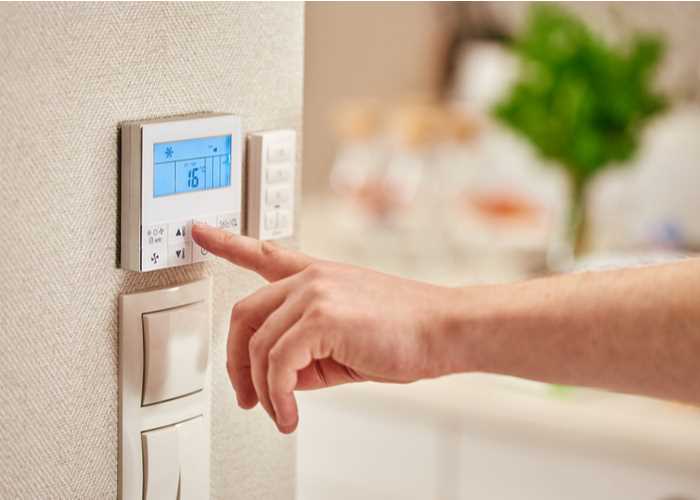You may consider air conditioning an expensive luxury in the current economic climate - but in fact, with the right system installed and working efficiently, the long-term benefits of AC in the home can far outweigh the running costs.
Improved indoor air quality has a positive impact on health, and the productivity boost that comes with proper ventilation is a real gain for anyone working or studying at home. At the same time, humidity control helps protect the fabric of your building and your belongings.
Of course, the main draw of air conditioning in the home is a cool, comfortable living space. And with these seven tips, you can achieve just that with greater cost efficiency.
This is absolutely critical for keeping running costs down. The more you neglect taking care of your AC system, the harder it has to work to create your ideal conditions, so stick to a regular AC maintenance routine.
There are plenty of tasks you can carry out yourself like cleaning or replacing filters, combing fins, and keeping your outdoor condenser unit free from airflow obstructing debris.
If you live in an older property, there’s likely a lot of cracks and crevices through which air can sneak out - hot air in winter and cold air in summer. That means you’ll pay more than is necessary to maintain your ideal temperature, because you’re letting what you’ve paid for escape.
Seal any gaps you come across, like those around windows, doors and skirting boards. You might also consider loft or wall insulation where feasible. It’s worth the upfront cost for the year round energy savings it brings.

To prevent your system from working any harder than it has to, you want to ensure your thermostat is able to get the most accurate temperature reading possible. This means it needs to be placed strategically.
If it’s attached to an exterior wall, or right next to a window, it will assume the heat it’s picking up applies to the indoor environment it’s set to cool. Ideally, it wants to be placed on an interior wall, and in a room that sees regular use.
There‘s no need to have your AC running throughout the day if you’re not home to appreciate it. It might be nice to come back to a cool environment, but it’s not cost efficient.
With a smart thermostat, you can adjust your settings on the move so you’ll never have your AC running needlessly. At the very least, you should have a programmable thermostat so you can set your AC to kick in at optimal times.
It might not save you the earth, but minimising heat build up is a simple way to find small cost savings (and they all add up). Try to avoid using heat generating appliances - like cookers, washing machines and dishwashers - during the hottest parts of the day, so you’re not compensating for their output with your AC.
Drawing blinds or curtains will also help keep heat out. Of course you’ll likely want the natural daylight so it’s not the most practical solution, but it’s worth considering for those rooms you don’t regularly use but want to keep cool.
An annual service by a qualified engineer is the best way to ensure maximum efficiency - and therefore maximum cost savings - from your air conditioning system.
All working parts will be inspected, cleaned or replaced if needed, refrigerant levels checked, and an extensive leak detection carried out. The engineer will also run a full performance test and recalibrate the system if necessary.
If your AC system has been in place for some time (10 to 15 years is a good ballpark here), there may be substantial cost savings to be had from a new installation.
Not only will its performance have lessened with age, you’ll find more modern systems have much improved seasonal efficiency. By replacing your old system for an air source heat pump, you’ll reduce your consumption of fossil fuels and lower your household bills as a result.
You’ll also benefit from low carbon, low cost heating in the winter months. And with 0% VAT now applied to new heat pump installations, it’s the ideal time to upgrade your system.
